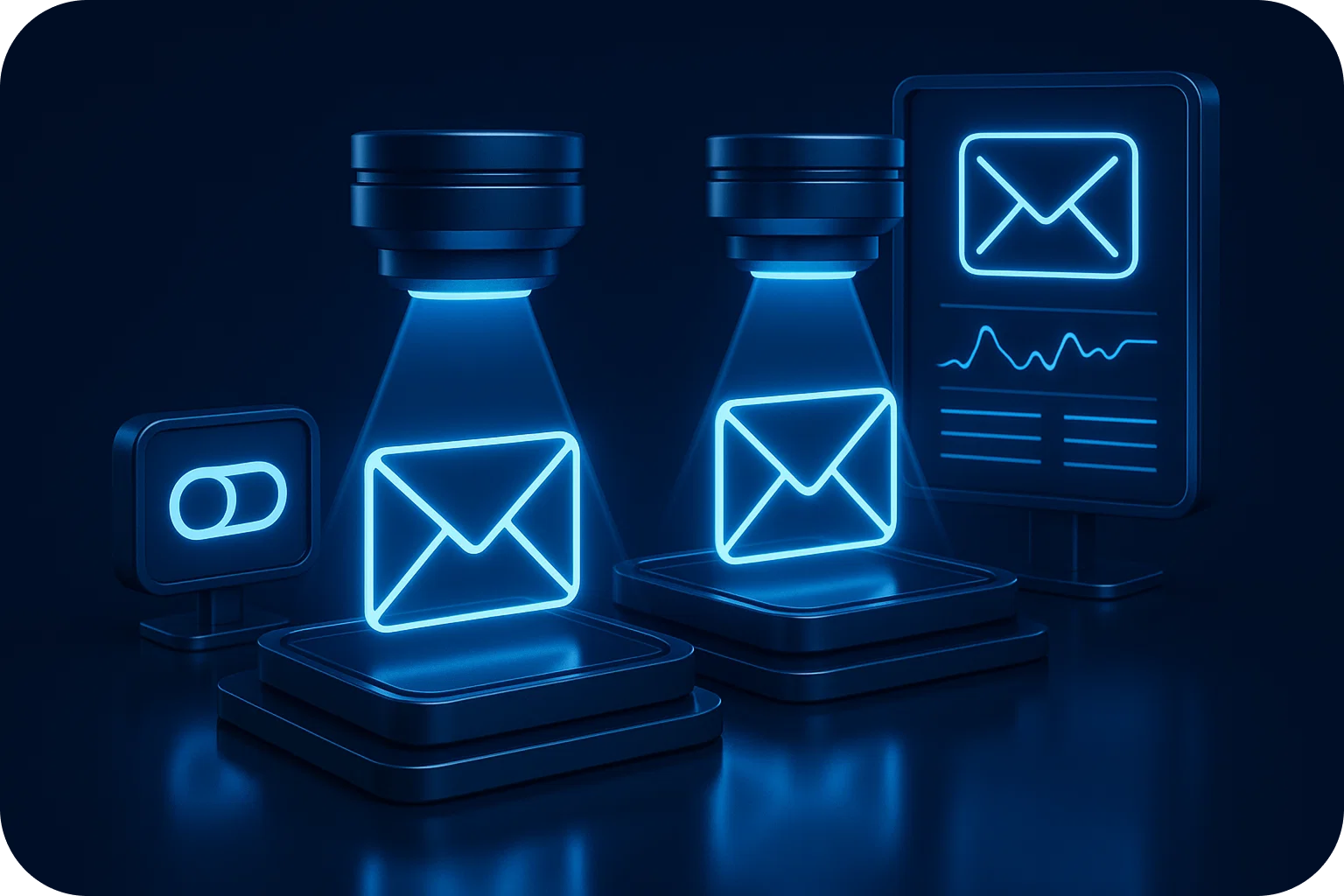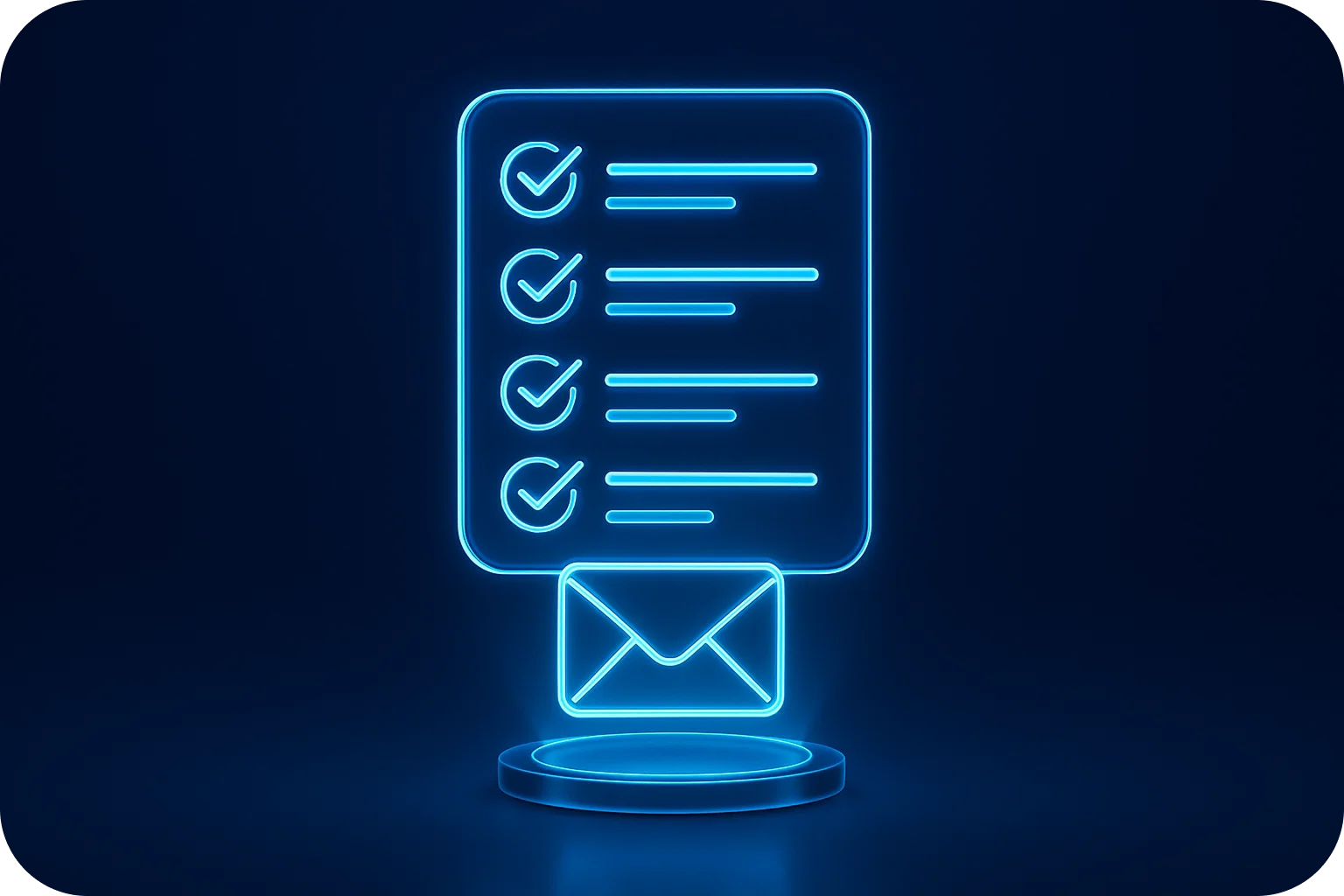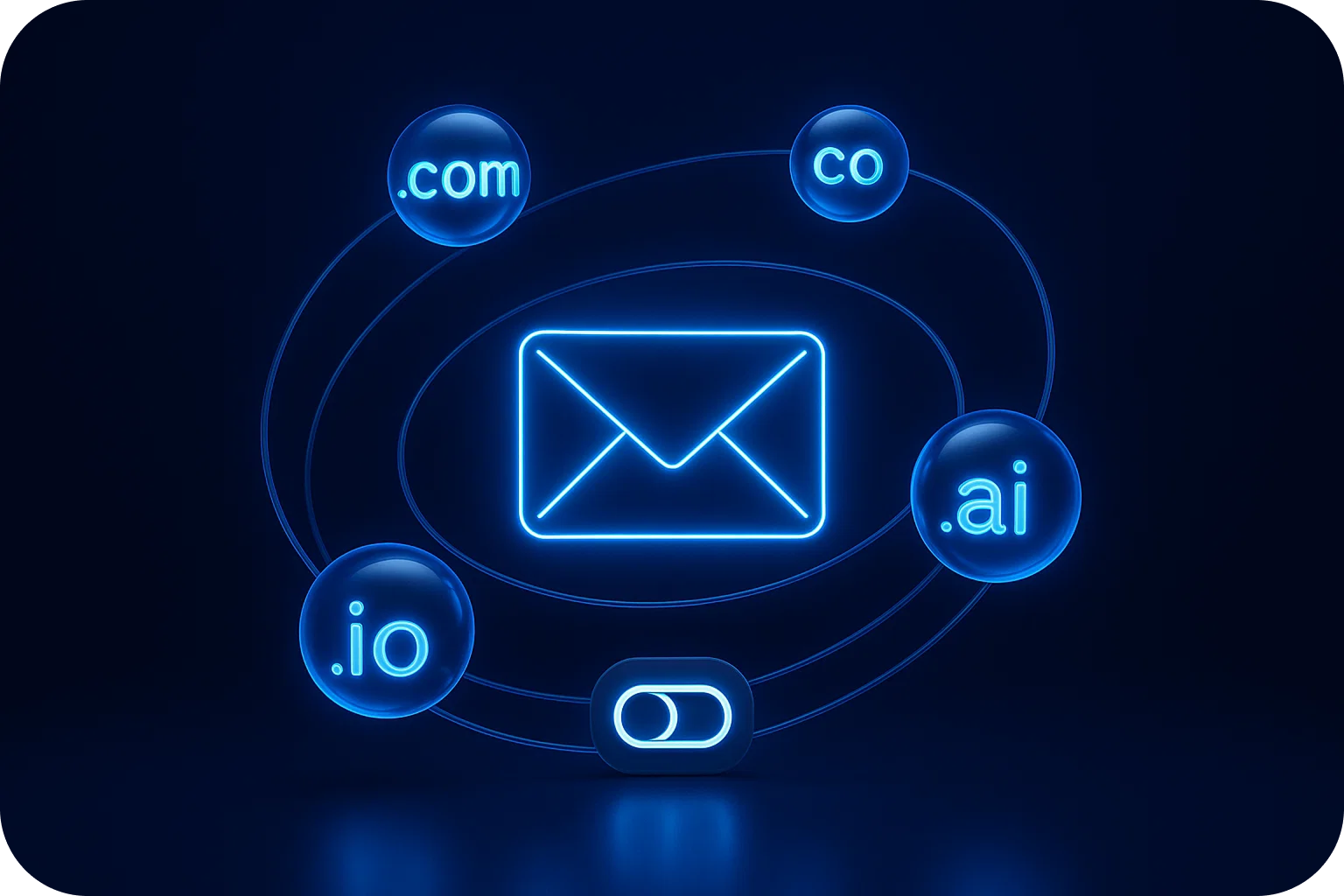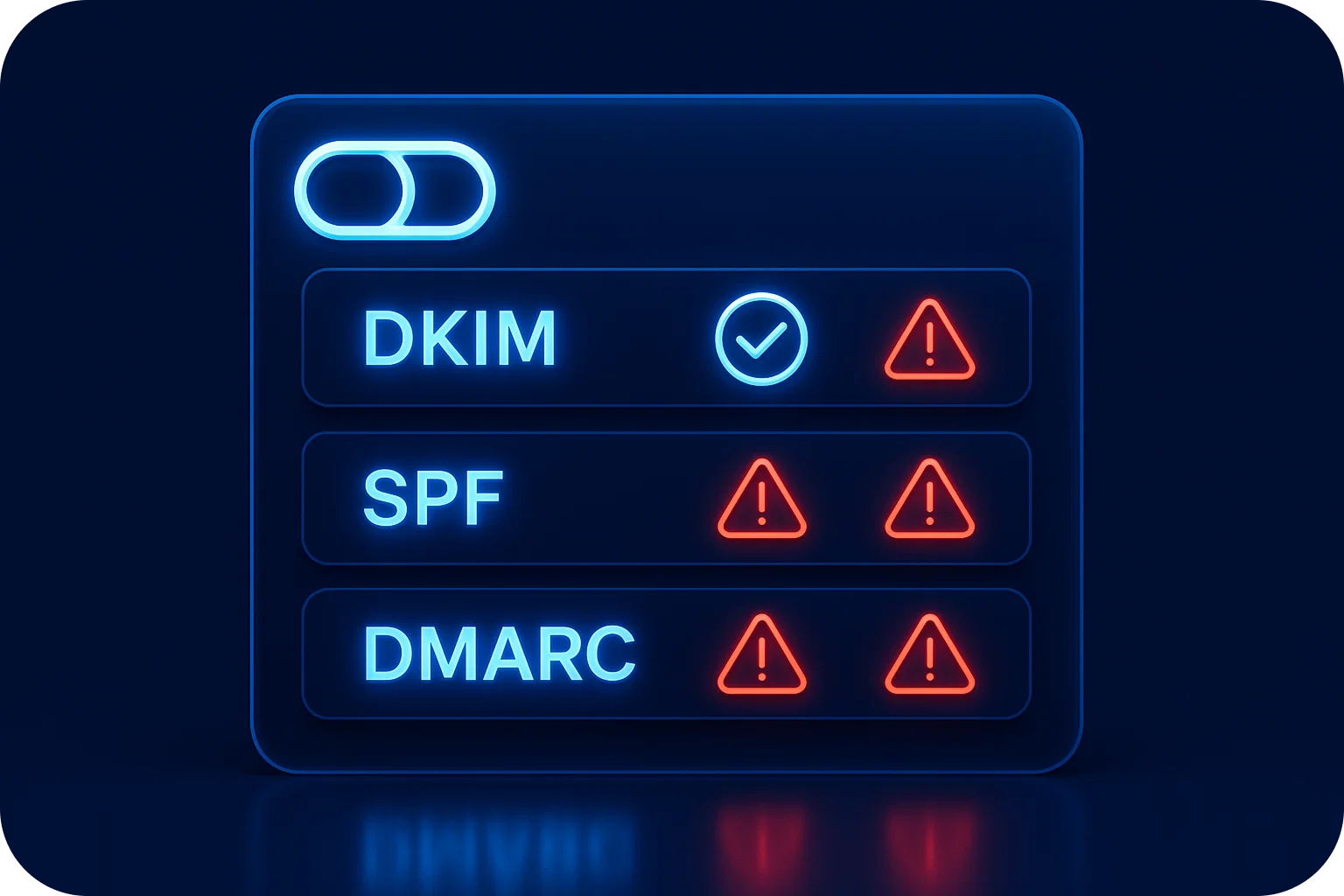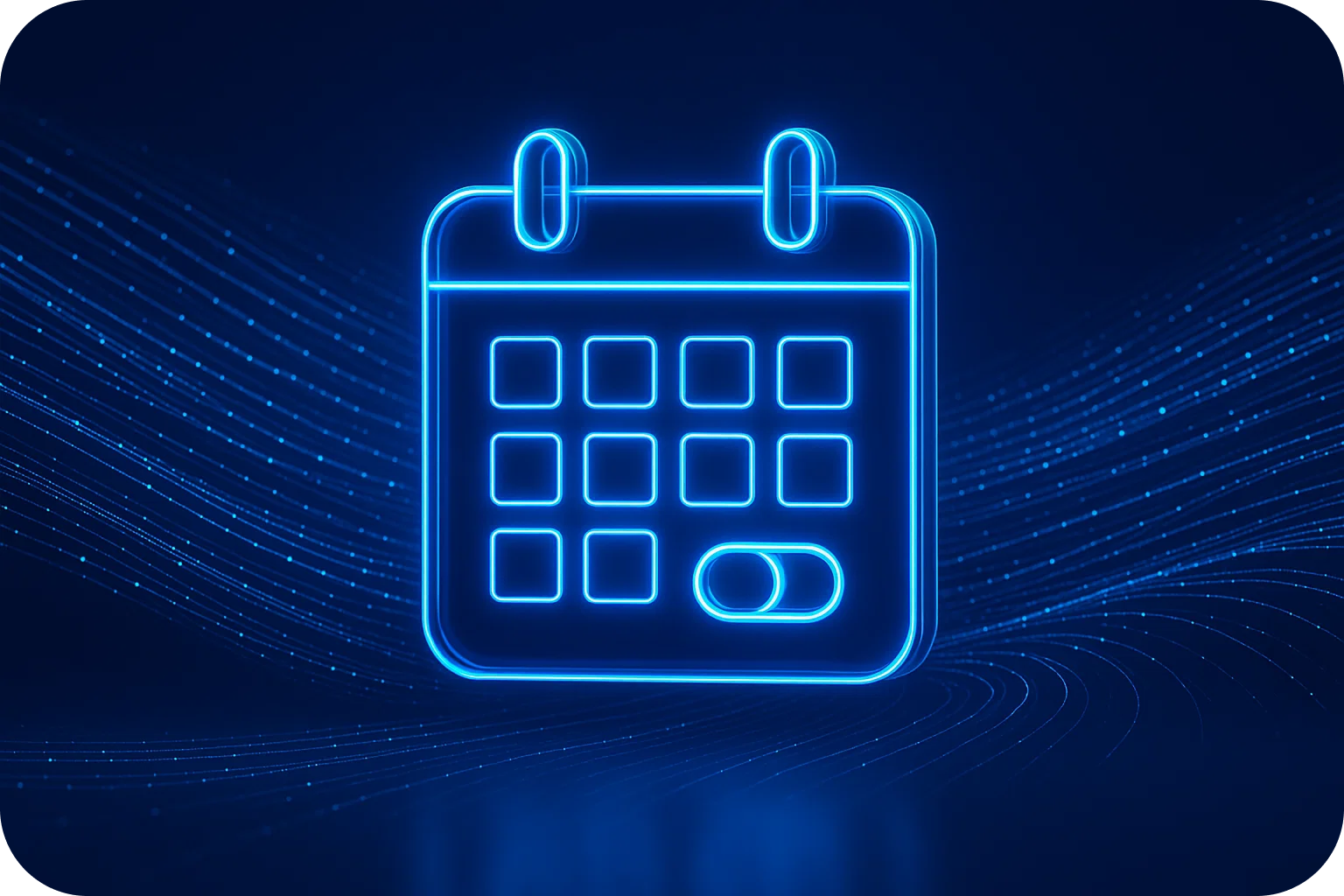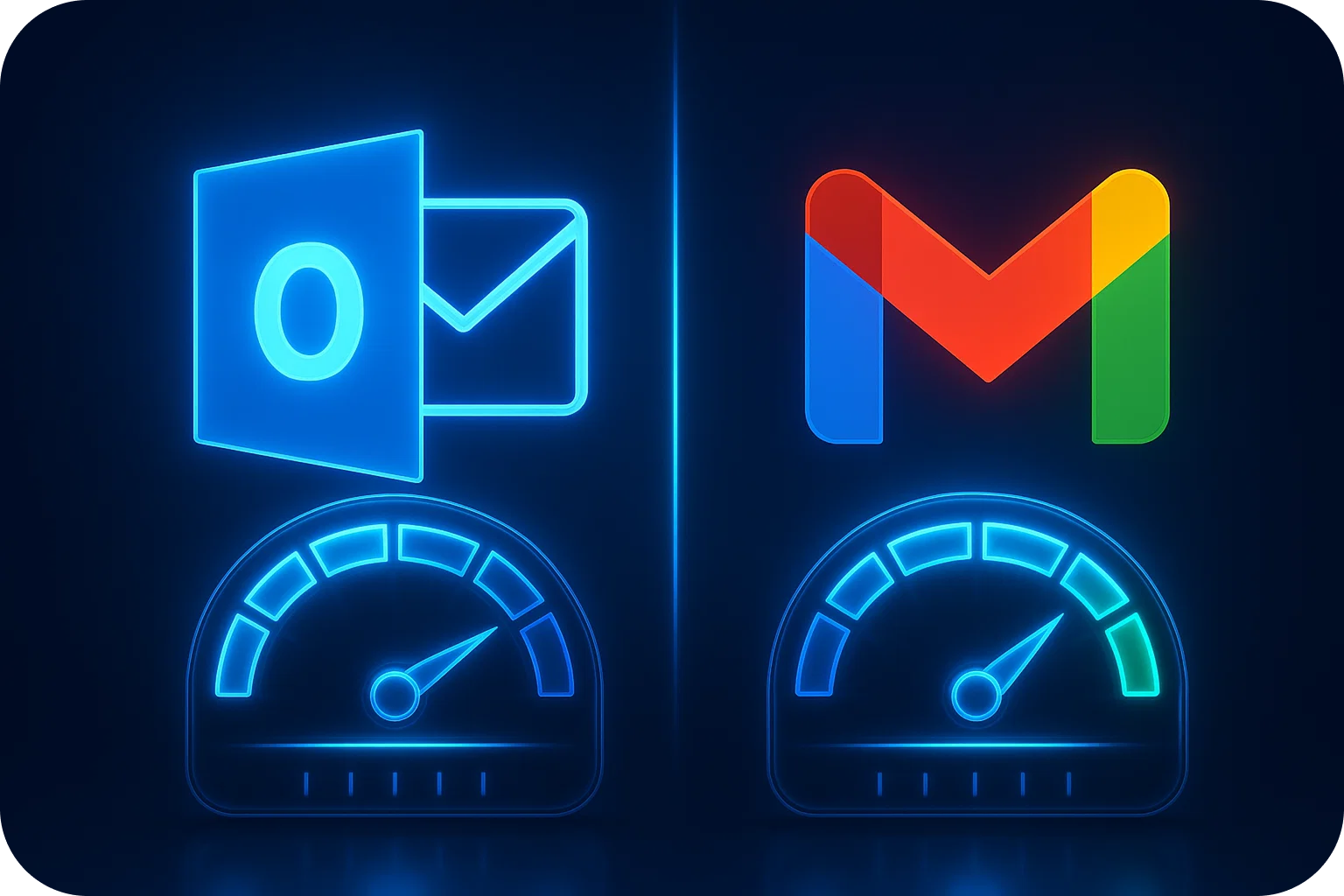The Art of the Cold Email Sign-Off: Subtle Psychology That Drives Action
.png)
Your cold email's sign-off might seem like an afterthought, but it's actually one of the most psychologically powerful moments in your entire message. While most sales professionals obsess over subject lines and opening hooks, the final impression you leave can make or break your response rates.
The sign-off is your last chance to guide your prospect's next action, reinforce your credibility, and create the psychological momentum that turns cold outreach into warm conversations. Let's explore the subtle psychology behind effective email sign-offs and how to craft ones that consistently drive action.
The Psychology Behind Powerful Sign-Offs
The Recency Effect in Action
Cognitive psychology tells us that people remember the beginning and end of experiences most vividly, a phenomenon known as the serial position effect. Your sign-off benefits from the recency effect, meaning it's likely to stick in your prospect's memory long after they've closed your email.
This psychological principle explains why a weak sign-off like "Thanks" or "Best regards" wastes valuable mental real estate. Instead, your sign-off should reinforce your value proposition and create a clear path forward.
Social Proof and Authority Signals
Your sign-off is prime territory for subtle authority signals that build trust without appearing boastful. Elements like your title, company credentials, or brief social proof can subconsciously influence how prospects perceive your expertise and credibility.
The Psychology of Reciprocity
When you offer something valuable in your sign-off, whether it's a resource, insight, or genuine help, you trigger the psychological principle of reciprocity. People feel compelled to return favors, even small ones, which can translate into higher response rates.
The Anatomy of High-Converting Sign-Offs
The Action-Oriented Close
The most effective sign-offs guide prospects toward a specific next step without being pushy. Instead of hoping they'll figure out what to do next, you create a clear, low-friction path forward.
Example:
"Worth a quick conversation to explore this?
Best,
Sarah Chen
Growth Lead, TechScale Solutions"
This approach works because it:
- Poses a question that invites engagement
- Uses "quick" to minimize perceived time investment
- Includes a professional but approachable sign-off
- Reinforces credibility with title and company
The Value-Add Sign-Off
Offering something valuable in your sign-off triggers reciprocity while demonstrating expertise. This could be a relevant resource, insight, or tool that benefits your prospect regardless of whether they respond.
Example:
"P.S. I put together a quick ROI calculator for companies like yours—happy to share it, whether or not this is a fit.
Cheers,
Mike Rodriguez"
The Curiosity-Driven Close
Human psychology is wired to seek closure. When you create an open loop in your sign-off, you tap into this natural curiosity, making prospects more likely to respond to close the mental gap.
Example:
"I have an idea that could save your team 10+ hours per week—mind if I share it?
Talk soon,
Jessica Park"
Industry-Specific Sign-Off Strategies
For SaaS and Tech Companies
Tech prospects appreciate efficiency and data-driven approaches. Your sign-offs should reflect these values while demonstrating technical credibility.
Effective approaches:
- "Happy to show you the 3-minute demo that convinced [Similar Company] to switch"
- "I can walk you through exactly how [Competitor] achieved 40% efficiency gains"
- "Worth 15 minutes to see if this could work for your stack?"
For Professional Services
Service-based businesses should emphasize expertise, results, and personalized solutions in their sign-offs.
Effective approaches:
- "I'd love to share how we helped [Similar Client] navigate this exact challenge"
- "Happy to send over the case study that's most relevant to your situation"
- "Worth a brief call to see if our approach would fit your needs?"
For E-commerce and Retail
Retail prospects respond to urgency, social proof, and clear value propositions. Your sign-offs should create momentum while addressing common objections.
Effective approaches:
- "Several retailers saw 25% revenue increases in their first quarter—interested in learning how?"
- "I can show you exactly what [Successful Brand] did to achieve these results"
- "Worth exploring if this could work for your customer base?"
Common Sign-Off Mistakes That Kill Response Rates
The Generic Goodbye
Standard closings like "Best regards," "Sincerely," or "Thanks" waste the psychological power of your sign-off. They're forgettable and do nothing to advance your objective.
The Pushy Close
Overly aggressive sign-offs create resistance and trigger defensive responses. Phrases like "I'll call you tomorrow" or "When can we schedule a meeting?" assume consent that hasn't been given.
The Weak Ask
Tentative language undermines your credibility and makes it easy for prospects to ignore your message. Phrases like "If you're interested..." or "Maybe we could..." signal uncertainty.
The Information Overload
Cramming too much into your sign-off, multiple contact methods, long titles, and excessive credentials creates cognitive overload and reduces the impact of your core message.
A/B Testing Your Sign-Offs for Maximum Impact
Key Variables to Test
Call-to-Action Strength: Compare direct asks ("Worth a quick call?") with softer approaches ("Open to exploring this?")
Value Proposition Placement: Test leading with value ("I have an idea...") versus ending with credentials ("VP of Sales, GrowthCorp")\
Question vs. Statement: Compare question-based closes with declarative statements to see what drives more engagement
Metrics That Matter
Track these key performance indicators when testing sign-offs:
- Open rates: Measure initial engagement
- Response rates: Track actual replies and conversations started
- Meeting booking rates: Monitor conversion to next steps
- Positive sentiment: Analyze the tone and quality of responses
Advanced Sign-Off Techniques
The Pattern Interrupt
Break expectations with unexpected sign-offs that stand out in crowded inboxes. This technique works especially well when your audience receives many similar emails.
Example:
"P.S. If this isn't relevant, feel free to ignore—I won't follow up. But if it sparks any interest, I'd love to continue the conversation."
The Social Proof Stack
Layer multiple credibility signals in your sign-off without appearing boastful. This works particularly well for complex B2B sales.
Example:
"Happy to share more,
David Kim
Former McKinsey | Helped 50+ SaaS companies scale
Author, 'The Growth Playbook'"
The Reverse Psychology Approach
Sometimes, giving prospects an easy way out actually increases response rates by reducing pressure and building trust.
Example:
"If this isn't a priority right now, no worries at all—timing is everything in business. But if you're curious about the results we're seeing, I'm happy to share more."
Personalizing Sign-Offs at Scale
Dynamic Content Strategies
Use email automation tools to personalize sign-offs based on:
- Industry: Tailor value propositions to sector-specific challenges
- Company size: Adjust language and examples for startups vs. enterprises
- Role: Customize calls-to-action for different decision-makers
- Previous interactions: Reference past touchpoints or mutual connections
Template Variations
Create multiple sign-off templates for different scenarios:
- First touch: Focus on credibility and value
- Follow-up: Reference previous communication and add urgency
- Re-engagement: Acknowledge the gap and offer fresh value
- Referral: Leverage mutual connections and social proof
Measuring and Optimizing Your Results
Setting Up Proper Tracking
To optimize your sign-offs effectively, you need robust tracking systems that measure:
- Response rates by sign-off type
- Time to response
- Quality of responses (positive, neutral, negative)
- Conversion rates to meetings or demos
- Long-term pipeline impact
Continuous Improvement Process
Implement a systematic approach to sign-off optimization:
- Baseline measurement: Establish current performance metrics
- Hypothesis formation: Develop theories about what might improve results
- Test implementation: Run controlled A/B tests with sufficient sample sizes
- Results analysis: Measure statistical significance and practical impact
- Implementation: Roll out winning variations and test new hypotheses
The Future of Cold Email Sign-Offs
As AI and automation become more prevalent in sales outreach, the human touch in your sign-offs becomes even more valuable. Prospects can often detect templated content, but a thoughtful, personalized sign-off signals genuine human attention.
The most successful sales professionals will combine psychological insights with authentic personalization, using technology to scale the research and customization process while maintaining the human elements that drive genuine connections.
Your Sign-Off as a Strategic Asset
Your cold email sign-off isn't just a polite way to end your message; it's a strategic tool that can significantly impact your outreach success. By understanding the psychology behind effective sign-offs and implementing the techniques outlined in this guide, you can transform this often-overlooked element into a powerful driver of engagement and conversions.
Remember, the best sign-offs feel natural and authentic while subtly guiding prospects toward your desired action. Start testing different approaches, measure your results, and refine your strategy based on what resonates with your specific audience.
The difference between a forgettable email and one that generates meaningful conversations often comes down to those final few lines. Make them count.
More articles
Get started now




%201.png)
